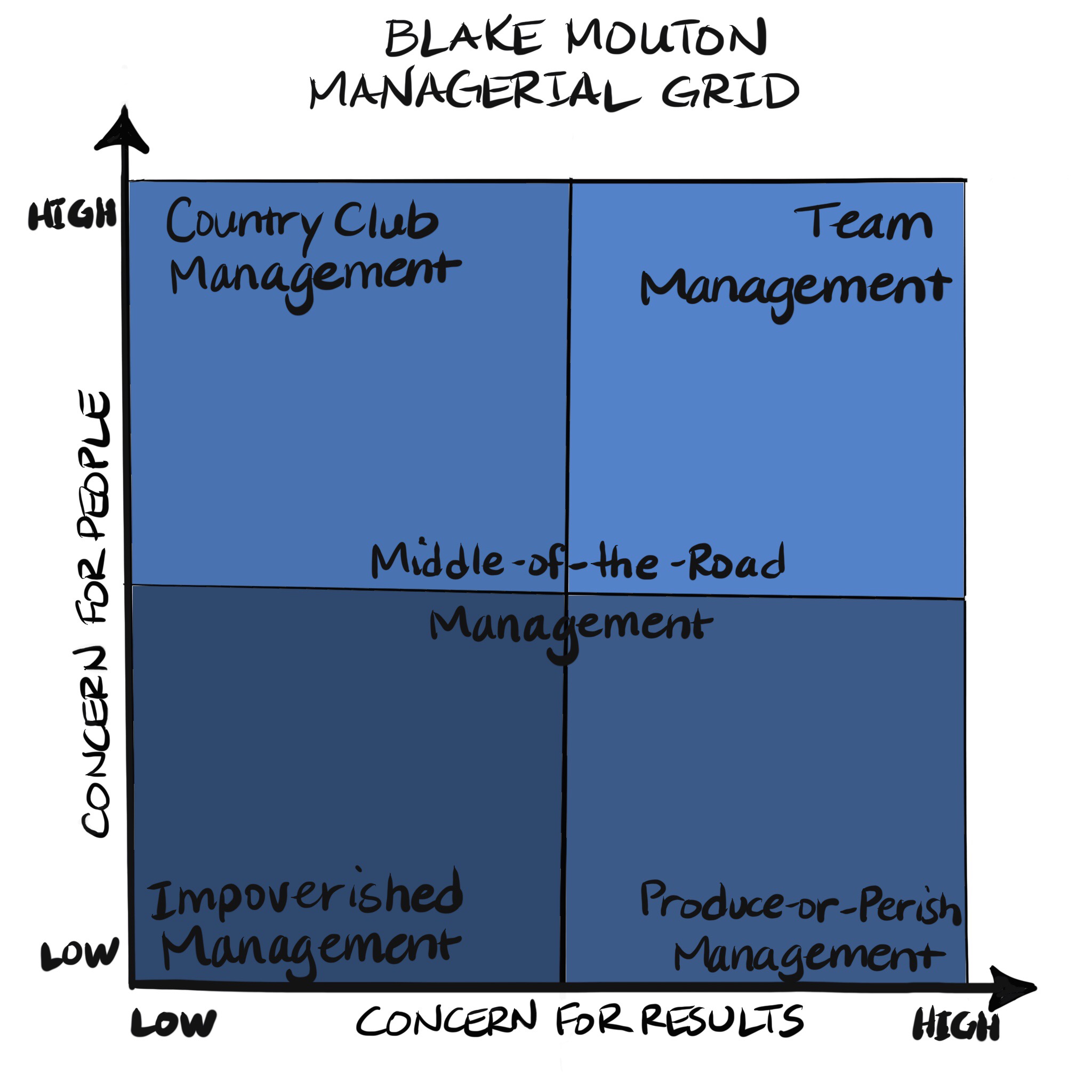Are You a Theory X or Theory Y Leader?
Motivating others is easy to talk about and hard to do. I think anyone who’s been called upon to lead will attest to that. What makes it so difficult is the people part–they’re just so unpredictable! So how exactly do leaders move people to accomplish organizational objectives? As a topic that has been long studied, there’s a relatively simple answer. Developed by Douglas McGregor at the MIT Sloan School of Management in the 1960s, Theory X and Theory Y provide a useful motivational framework to assess leadership styles.
Theory X: Managers Like Control
Simply put, Theory X managers assume that employees dislike working and are irresponsible and naturally unmotivated. In addition, these managers believe that workers are less intelligent and lazier than their leaders. This causes the Theory X boss to conclude that workers must be highly controlled and that, when results are not reached, the consequences must be punitive. Beyond the bare minimum, bosses with this leadership style don’t expect anything good to come from his or her workers. At its best, this type of leadership may be suitable for a factory or assembly type of environment.
Theory Y: Managers See the Needs of the Organization and Its People
On the other hand, Theory Y managers are almost diametrically opposed to Theory X in every respect. They believe that their teammates are internally motivated and, for the most part, enjoy their work. They also believe their teammates want to better themselves without expecting a direct reward in return beyond that of their own personal satisfaction. These managers also consider their teammates to be among the most valuable assets within the company. Theory Y workers thrive on taking on more responsibility, rising to the challenge, and contributing to company initiatives. Leaders in this camp see the organizational needs and the needs of the worker and believe each can help the other by mutually meeting each other’s needs.
Although Theory Y managers sound ideal, there can be a downside as well. The environment may lack uniformity and a rigid structure where one might be needed. For example, in situations where quality assurance is an issue, an adapted style may be necessary.
Taking the model a few steps further, Robert Blake and Jane Mouton built on McGregor’s Theory X and Y to construct a Managerial Grid that is still in use today:

You’ll notice there are six significant features of this grid model with four quadrants and two axes.
- Along the X-Axis ((horizontal) is “Concern for Results.”
- Along the Y-axis (vertical) is “Concern for People.”
- The upper left quadrant represents a high concern for people, low concern for results. The grid labels this “Country Club Management.”
- The lower left quadrant is low concern for people and low concern for results. This is labeled “Impoverished Management.”
- In the lower right quadrant, we see high concern for results and low concern for people. This carries the label “Produce-or-Perish Management.”
- In the top-right quadrant, we see high concern for people and high concern for results. This being the best of both worlds, it carries the label “Team Management.”
It doesn’t take long to get the picture of what a modern management style looks like on paper. Again, this is easy to talk about. However, moving from theory into practice is an entirely different matter. These ideas can be applied in a variety of ways. Generally speaking, you might ask if a company’s culture values more — individual contributions or collaboration. You could be more specific and ask if a particular leader has a leadership style that is Theory X or Theory Y. You could fine-tune your answer by looking more closely at the leadership grid. A medium-sized company may have more than one cultural style present in different departments.
What’s your leadership style? Are you a Theory X or Theory Y leader? Want to learn more about your leadership style? Here’s a link to the Blake/Mouton assessment, which you may find helpful.
For another view of managerial styles and how they could help you make better hiring decisions, read this.
Click here or call (714) 993-1900 to request an employee or discuss a workforce management issue.
